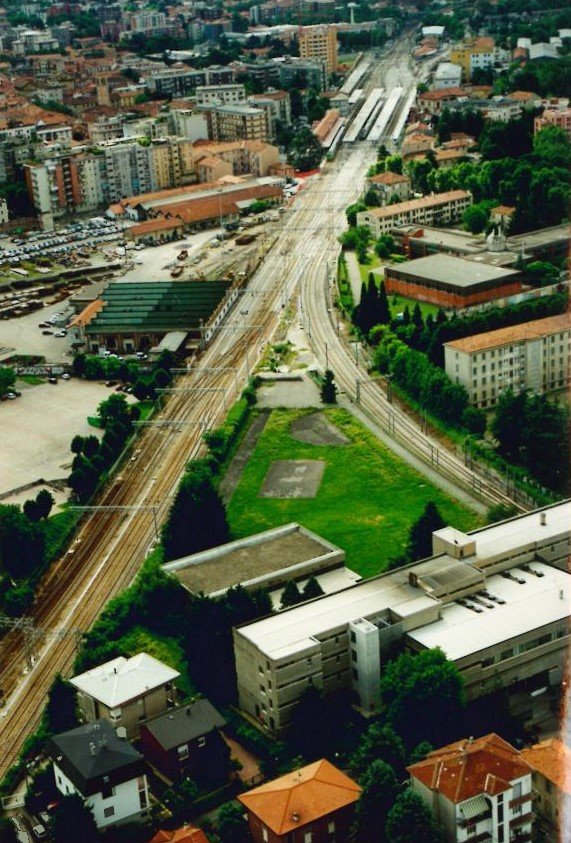
Saronno Busto section
Work on the Saronno – Rescaldina section, begun on 19 June 1989, now allowed trains to reach speeds of up to 140 km/h, the highest achievable on the “Nord” network, in part due to the use of 60 kg/m standard rails. The section opened to traffic just over a year later, on 17 September 1990. Completion of all the Saronno station construction sites only took place on 11 March 2000, with the activation of the new ACEI system replacing the old signal box, demolished in 2003.
At the same time as the Saronno – Rescaldina section reopened, on 17 September 1990 the section between Castellanza and Vanzaghello was closed to traffic. This was more fraught with difficulty as the work required was far more complex. From a technical point of view, the main work on this section involved crossing the highly urbanised and industrialised area of Busto Arsizio underground. This solution was necessary in order to eliminate the numerous level crossings which would have made it impossible to increase the speed of the trains. Taking the railway underground means that as it crosses the city of Busto Arsizio, the rail level begins to descend just after Castellanza station, with a downhill ramp leading to the entrance of the underground section, totalling 1500 metres in length. The earlier Busto Arsizio station was abandoned, and a large underground station with four tracks was built to replace it. The scale of the work meant that the section was only reopened to traffic on 30 June 1996, after almost six years, albeit with only one track. On 4 September 1999 the new underground station finally took on its definitive function when the second track opened.
Gallery

Electrification still incomplete in the underpass towards Busto Arsizio Photograph from 20 March 1999 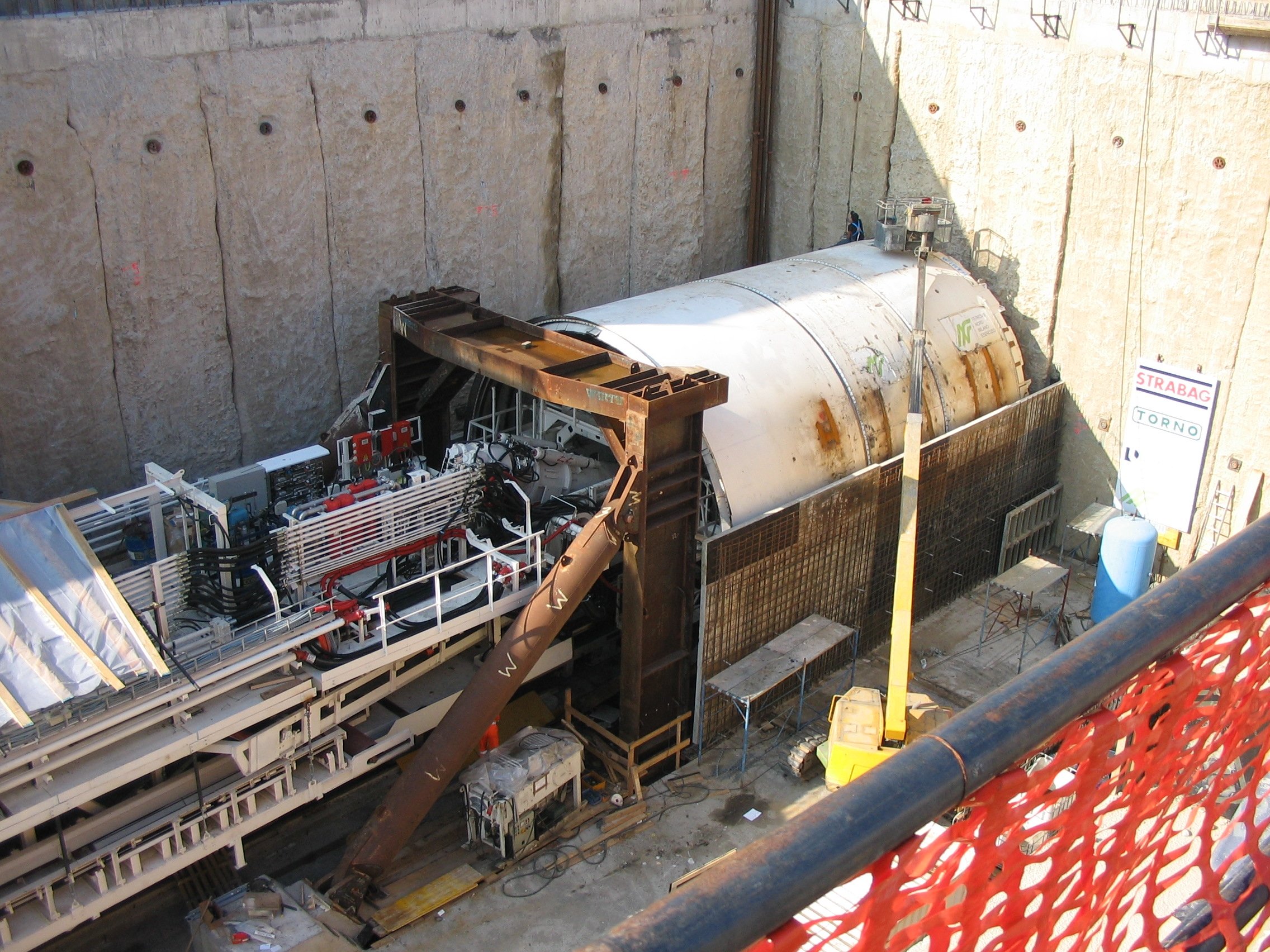
Tunnel boring machine at work creating the tunnel at Castellanza in 2005 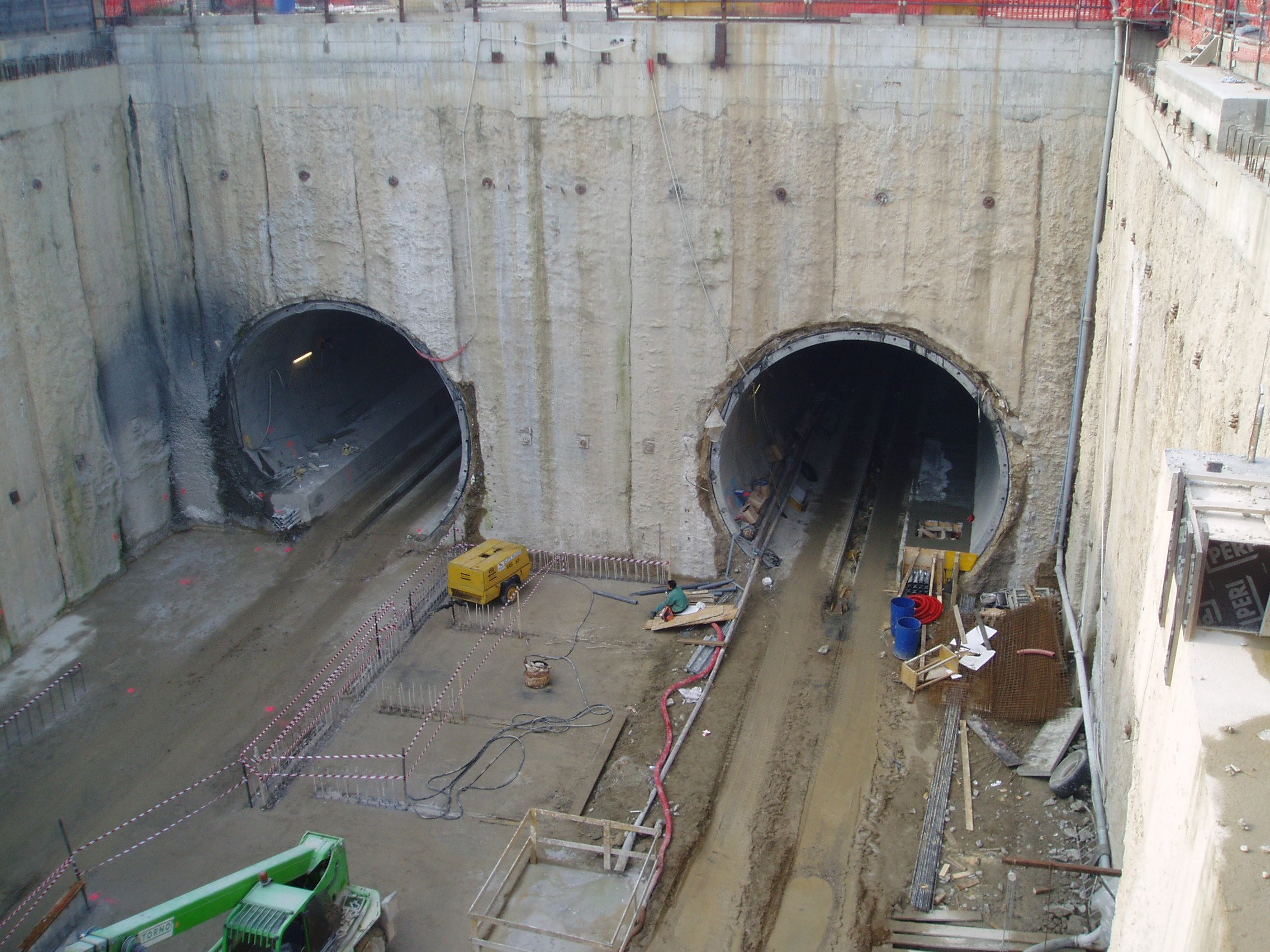
The tunnels at Castellanza after digging is complete, in 2007 
Train at the new station at Castellanza 
Building the vehicular and cycle/pedestrian subway of Via Matteotti in Rescaldina (Varese) 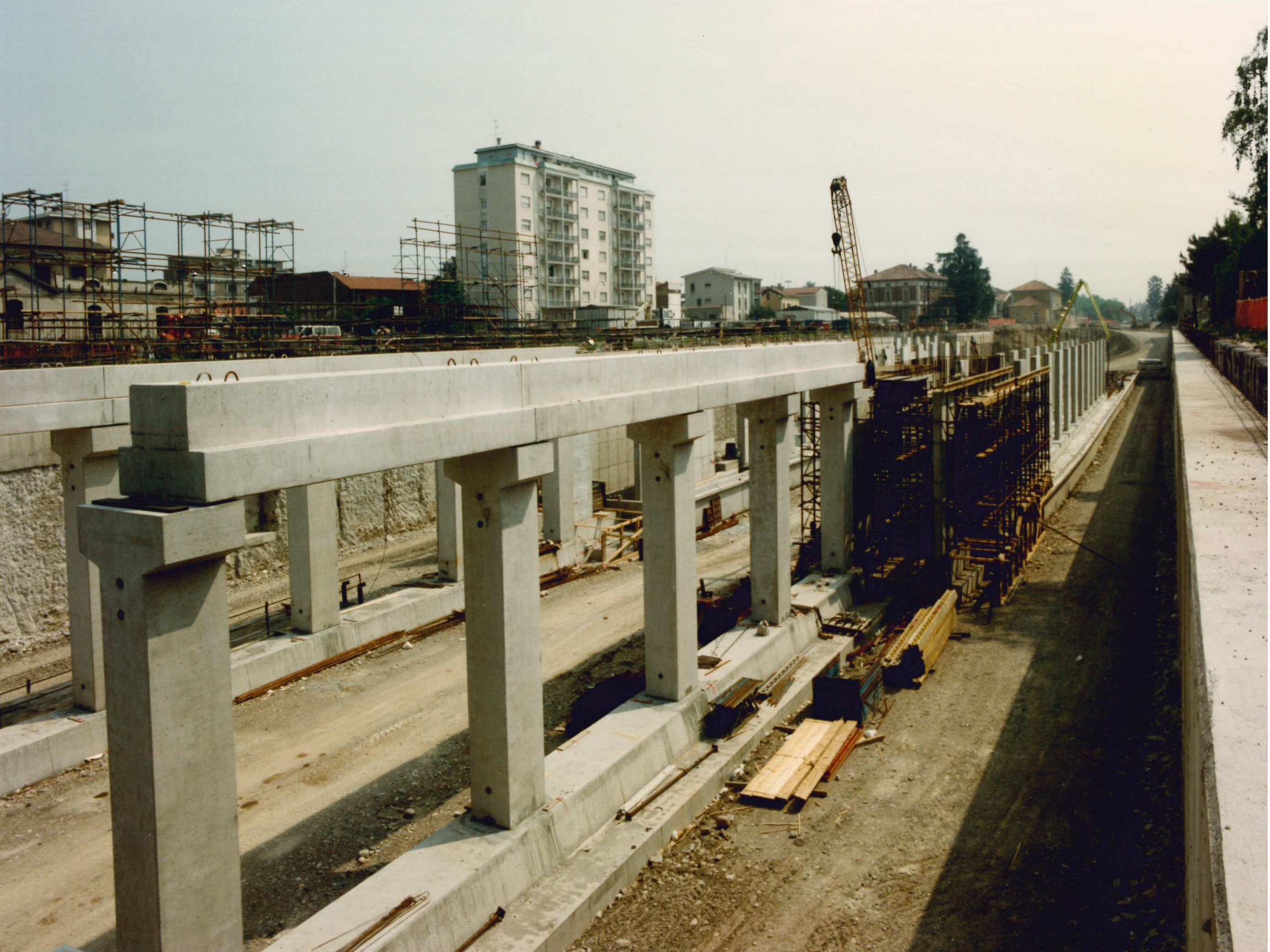
Underground section of the Busto Arsizio tunnel under construction, June 1991 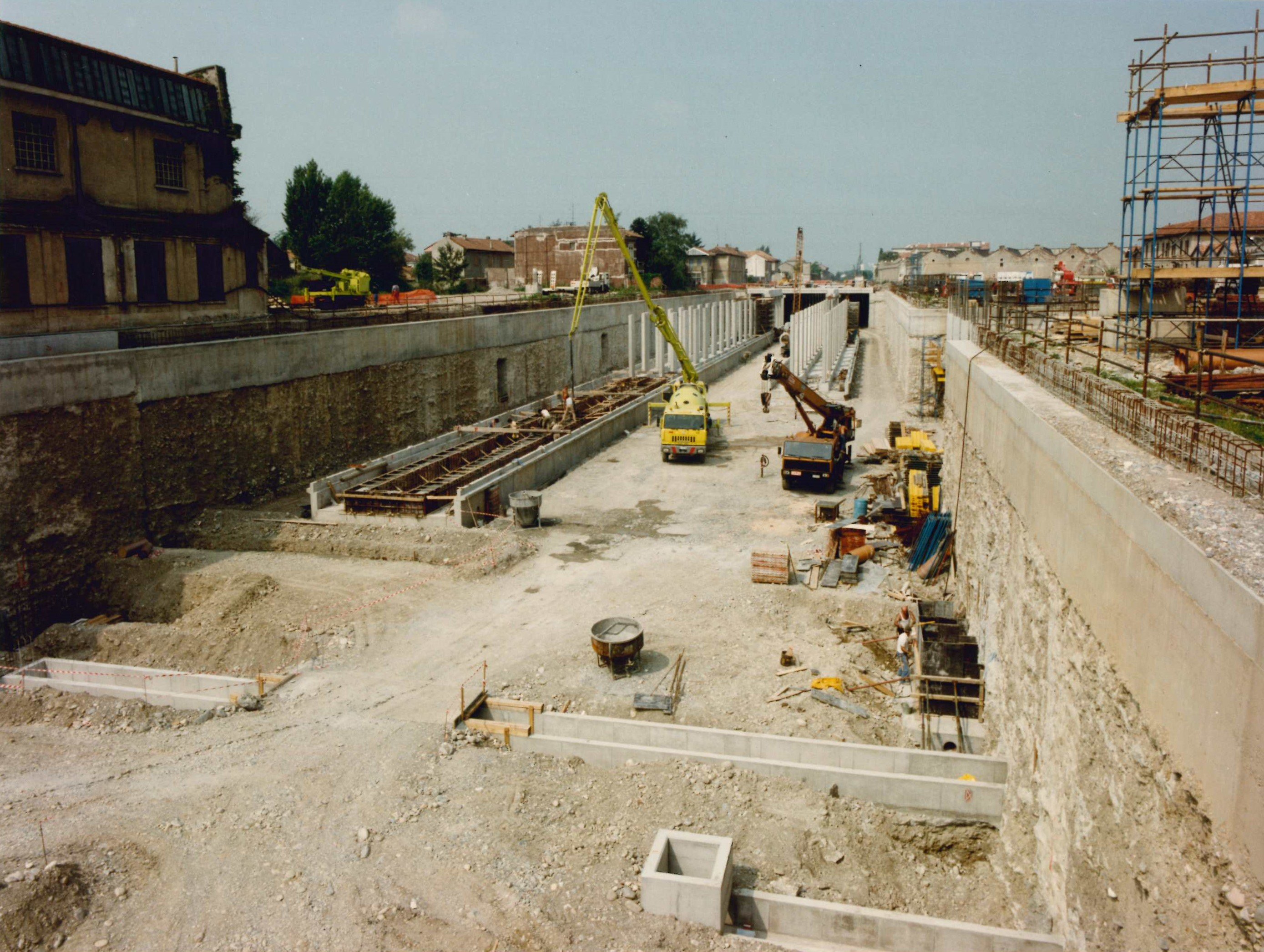
Underground section of the Busto Arsizio tunnel under construction, June 1991 
Underground section of the Busto Arsizio tunnel under construction, June 1991 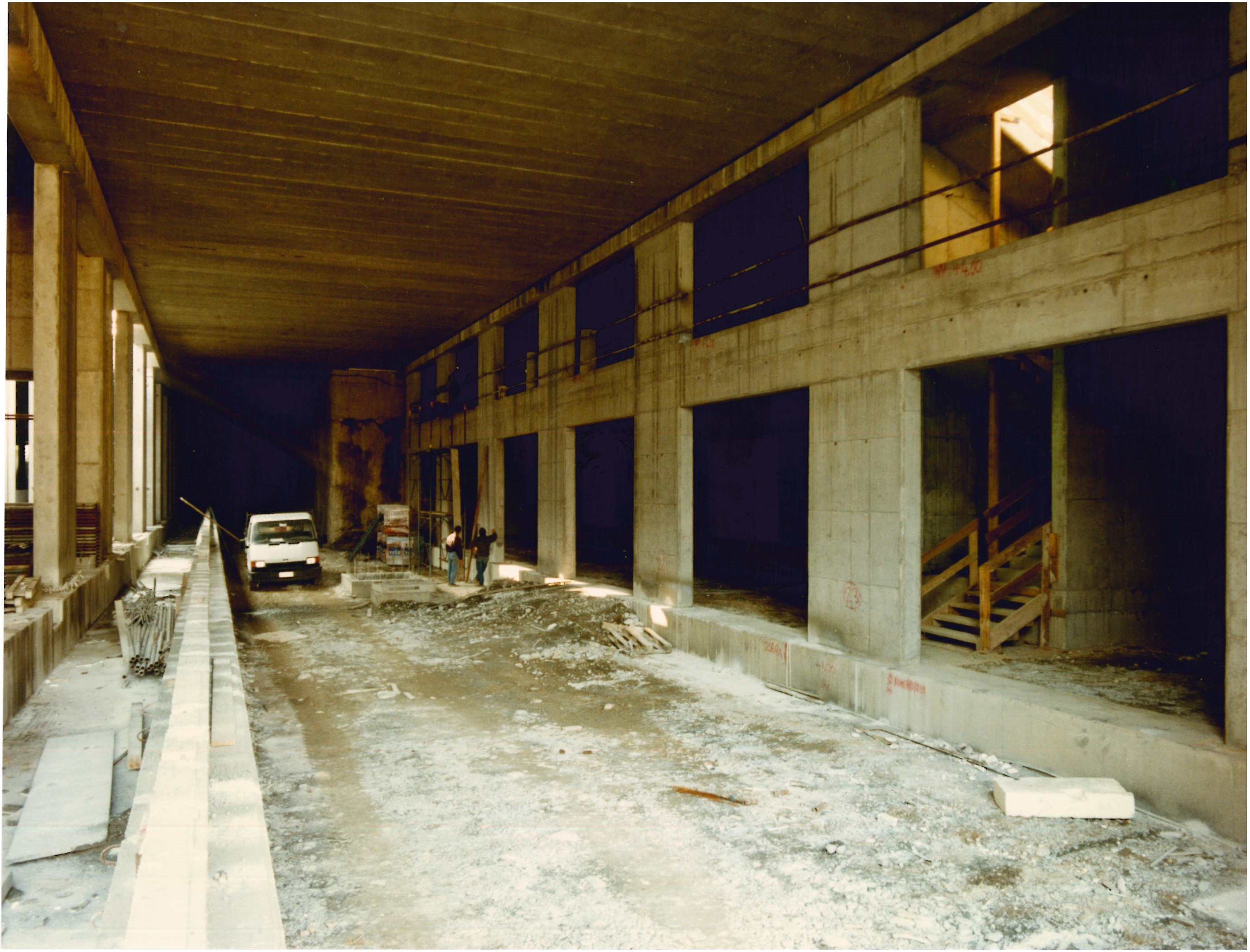
Construction work on the new passenger building at Busto Arsizio, October 1991